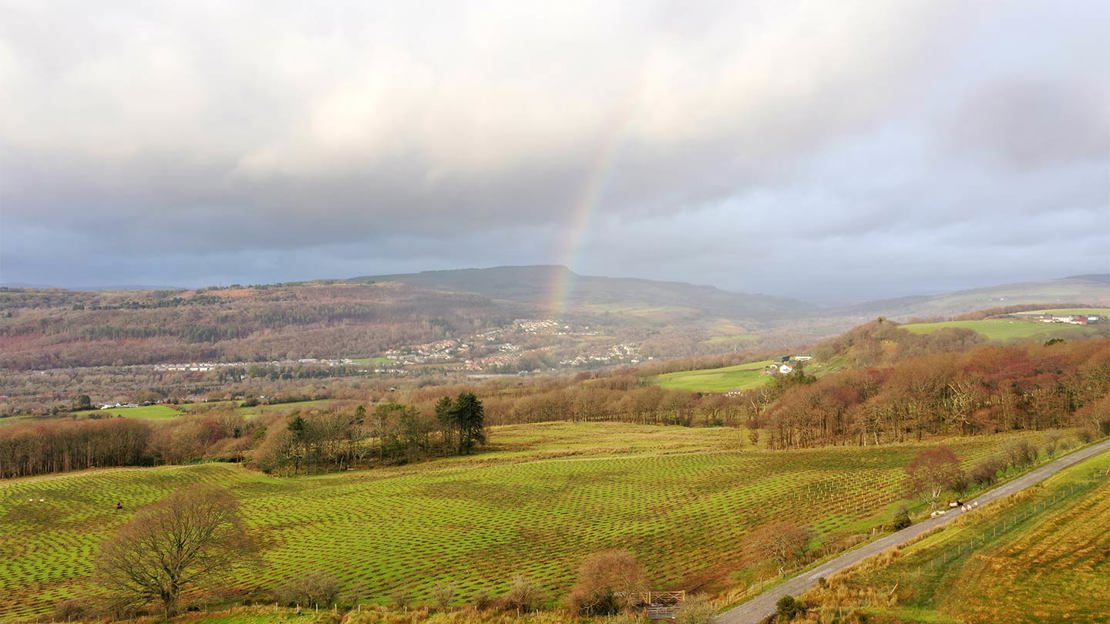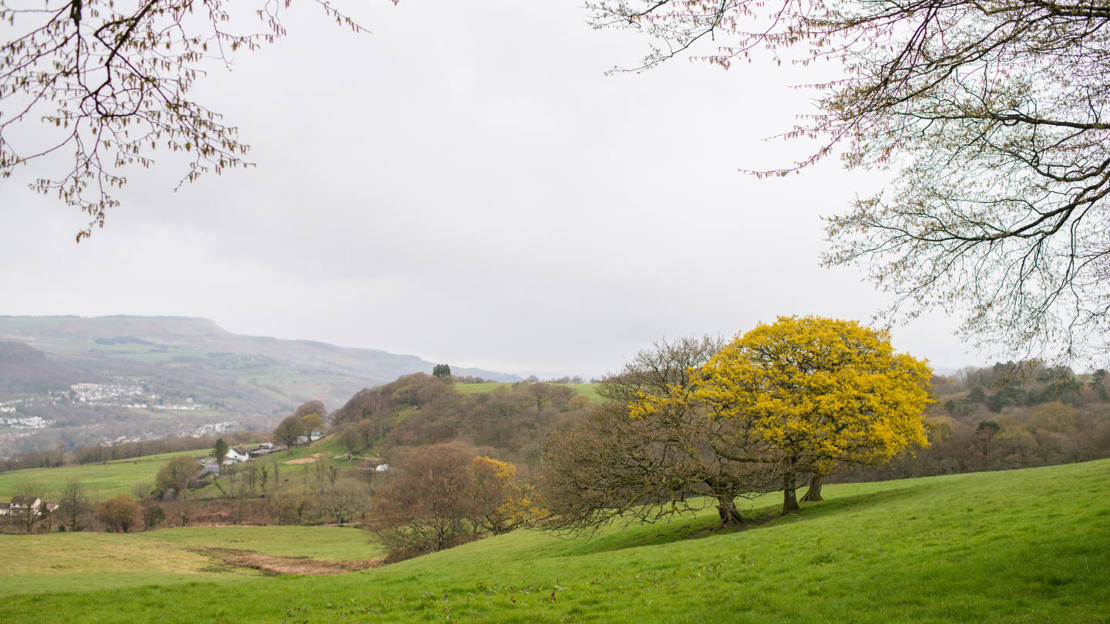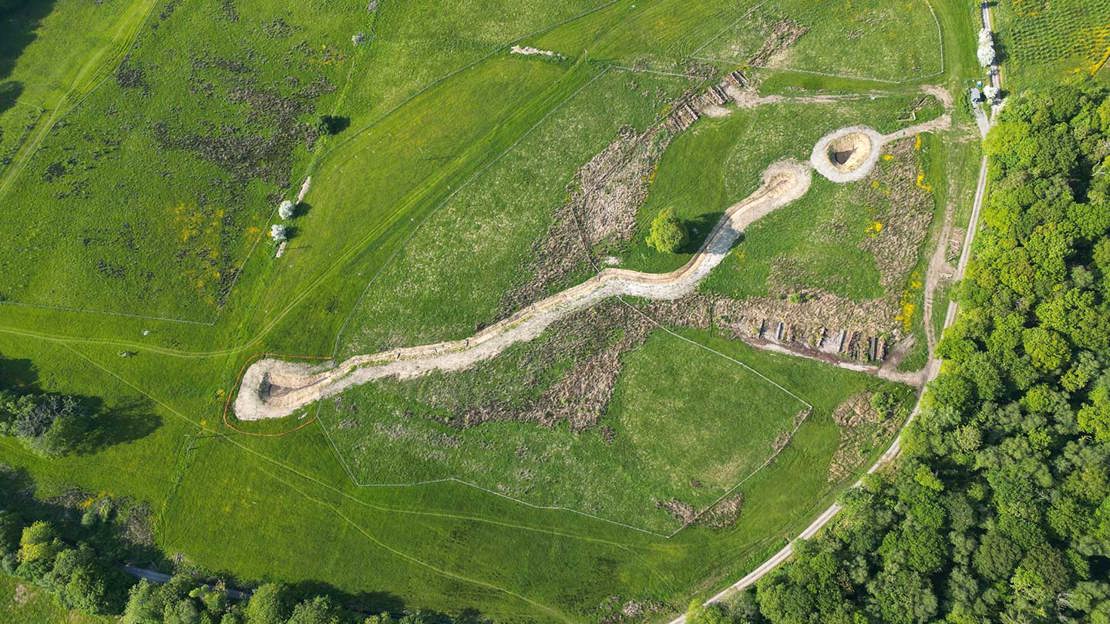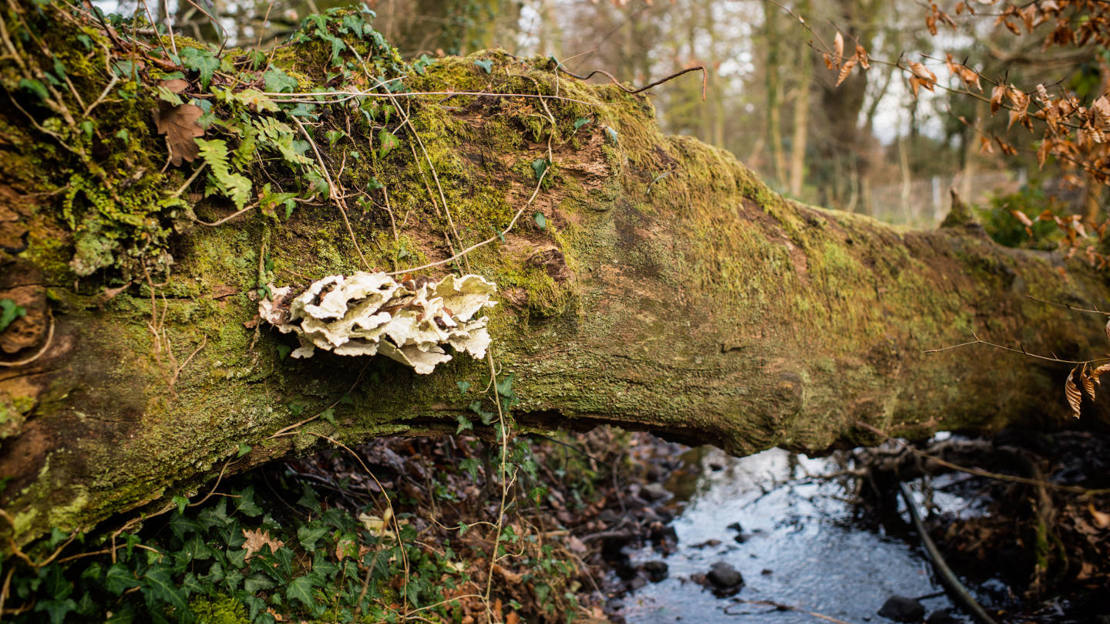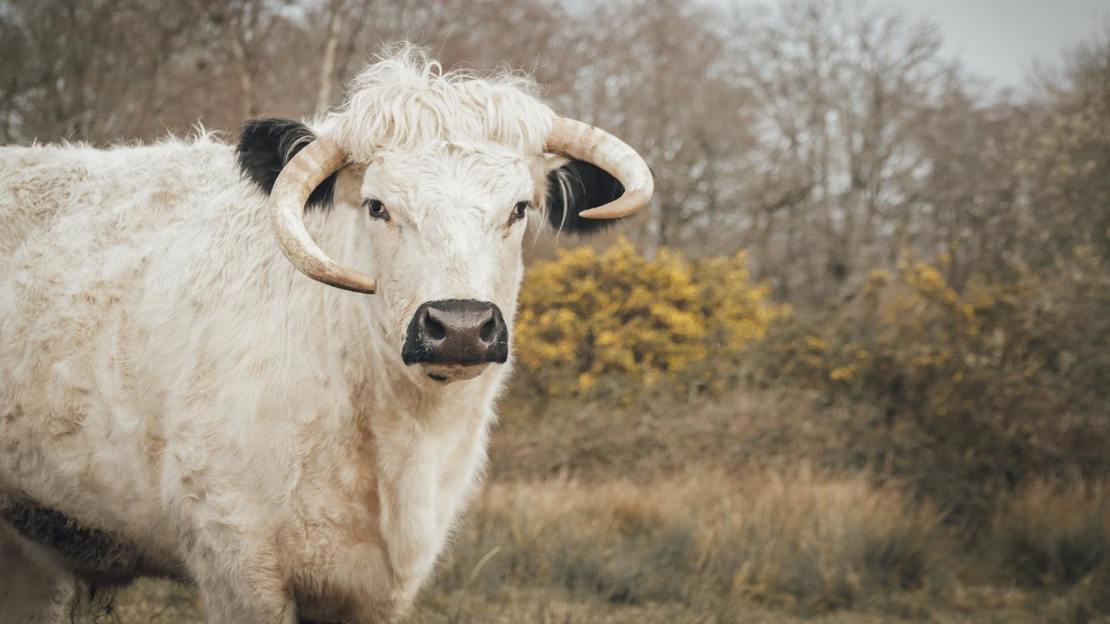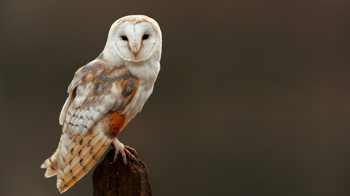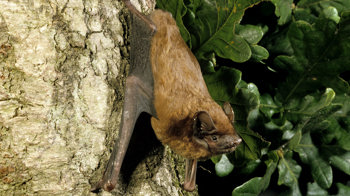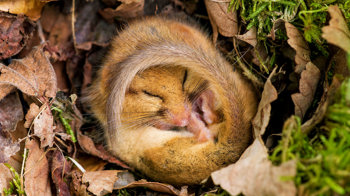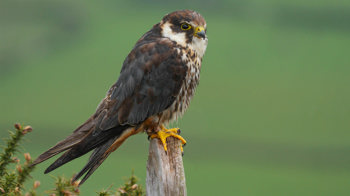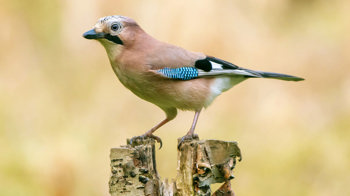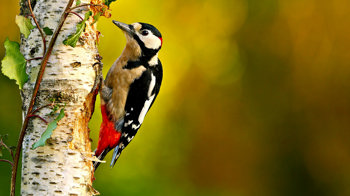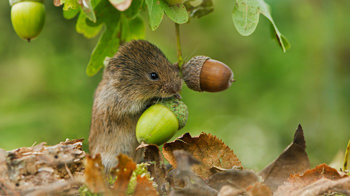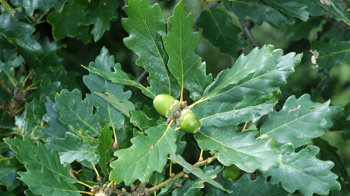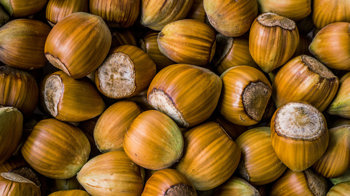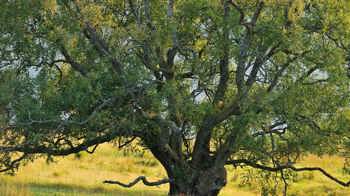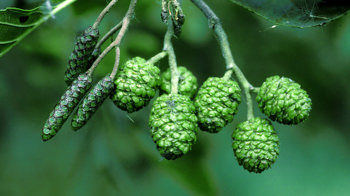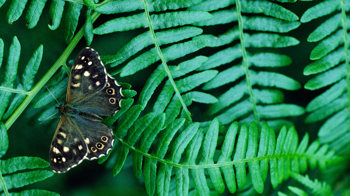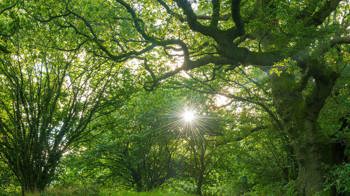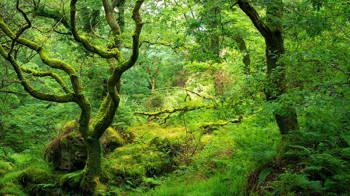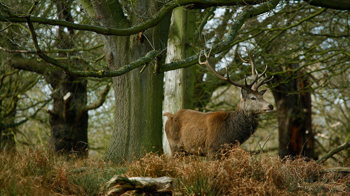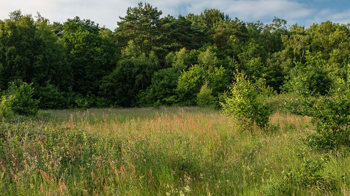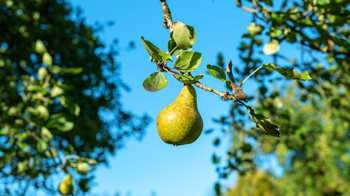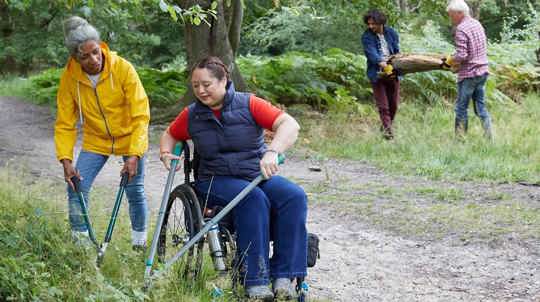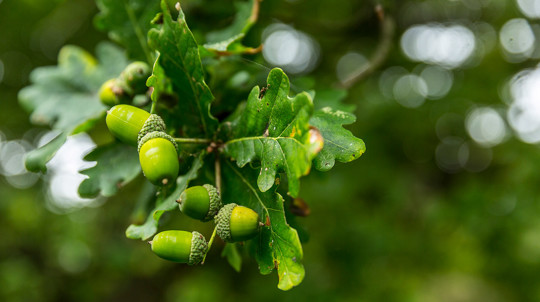Brynau Farm
Tonna Neath

Woodland Trust wood
Brynau, meaning 'many hills' in Welsh, is a 750-acre haven for wildlife in the industrial heartland of Wales.
This long-forgotten landscape is now being restored into a sanctuary for nature. Barren fields have been transformed into vibrant young woodland, important restoration work has been carried out in the ancient wood, and abandoned agricultural buildings have been resurrected into a secure home for Brynau's resident barn owl.
The landscape is grazed by a small herd of ancient Welsh white cattle and boasts panoramic views across Bannau Brycheiniog and Swansea Bay.
Brynau is the latest flagship site for the Plant! project, which sees a tree planted for every child born or adopted in Wales. Brynau is also part of the National Forest for Wales.
Cefn Morfudd
Thanks to the incredible generosity of our supporters, we have been able to extend Brynau by buying the vast neighbouring hill of Cefn Morfudd. Combined, the two sites now span nearly 700 acres, securing vital space for wildlife to thrive and for people to explore. From colourful wildflower meadows to heathland carpeted in heather and gorse, we will protect and enrich this precious mosaic of habitats.
This lush landscape links together fragmented ancient woodland and provides resilient homes for threatened native species including the curlew, marsh fritillary butterfly and merlin. Through careful restoration of peatland, heathland and pockets of ancient woodland, we’ll play a vital role in tackling the effects of climate change, purifying the air and easing flooding in the town below.
How to get to Brynau Farm
Brynau Farm is perfectly placed on rolling hills next to Gnoll Country Park. It contains a pocket of ancient wood surrounded by bare fields and sits on the edge of Neath, with views across to Swansea Bay and Mumbles lighthouse.
While there is currently no public access to Brynau Farm, visitors to the area can visit Gnoll Country Park just next door.
Leave the M4 at junction 43 onto the A465. Follow the A465 to Neath/Castle-Nedd then follow the brown signs.
The nearest train station is in Neath, which lies 3.2km (two miles) away.
Please visit National Rail for more information.
From Neath: First Cymru 153 to Fairyland.
From Port Talbot: First Cymru X4 to Neath, First Cymru 153 to Fairyland.
From Swansea: First Cymru X5 to Neath, First Cymru 153 to Fairyland.
For more information on local public transport visit Traveline.
Facilities and access
Brynau is accessible via two entrances between Gnoll Country Park and Cimla. The site is still under development so please adhere to directional signage whilst on site.
Neath Port Talbot Council parking is available at Gnoll Country Park, postcode SA11 3EF. Charges apply: £2.60 half day and £3.60 full day.
The nearest toilets are at Gnoll Country Park visitor centre. For more information visit www.gnollestatecountrypark.co.uk or call 01639 635808.
Wildlife and habitats
Animals
Since our woodland creation efforts commenced in 2020, we’ve seen a rapid increase in our small mammal population with voles, mice, rabbits and even hares taking advantage of their new habitat and food source. These browsers have attracted apex predators such as barn owl, kestrel, hobby and merlin which are often seen soaring high in the sky or perching on our raptor posts.
A showcase of British birdlife is one of the true wonders of Brynau. Skylarks provide a soothing soundtrack to a hike to the higher grounds, while swifts and swallows perform aerial acrobatics around the farmyard. Dazzling displays of colour brighten up the woodland too as finches, tits, jays and woodpeckers seek food and shelter amongst the trees.
Trees, plants and fungi
Brynau Farm has an area of ancient woodland which is carpeted by bluebells in spring. You'll also find veteran sessile oaks and alder coppice.
The saplings we've planted will buffer, protect and extend this important woodland habitat whilst linking and mirroring the parkland wood pasture seen in the landscape at Gnoll Country Park, next door.
Habitats
The mix of new woodland, ancient woodland, grassland and wood pasture at Brynau provides a mosaic of habitats that will suit a variety of different species.
We manage the land carefully to ensure there’s enough open space to attract a diversity of wildlife, and we've already recruited a team of four-legged grazers to do just that. Our herd of Welsh white cattle help to manage and create habitat for wildlife to thrive in the wood pasture.
Community-led volunteer projects have helped to nurture a thriving, biodiverse environment by planting a traditional orchard filled with native fruit trees, providing shelter and food for many birds, insects, and mammals. What’s more, our volunteers created wildlife ponds designed to attract frogs, dragonflies and other aquatic life.
About Brynau Farm
Conservation grazing
Conservation grazing is a sustainable way of managing the land. At Brynau Farm, we use Welsh white cattle to manage the vegetation, control invasive species and create a varied habitat for wildlife. As selective grazers, Welsh whites seek out coarse grasses, shrubs and woody plants that, when left to grow out of control, can overpower our more delicate native plants.
We're also proud to be playing our part in safeguarding an ancient breed of cattle. The Welsh white is a key part of Welsh folklore and has been an emblem of the power of Welsh princes for centuries. They are associated with Dinefwr Castle near Llandeilo, the seat of the princes of Deheubarth.
Plastic-free tree protection
We're using the Brynau estate as a living lab for sustainability innovation by introducing alternative solutions to single-use plastic tree protection, to protect our new trees from browsing mammals. As you explore Brynau, look out for these different types of tree protection:
- reusable tree guards
- cardboard tree guards
- corn starch tree guards
- mulch matting
- rabbit fencing
- raptor posts.
Natural flood management
Historic modifications to the hillside at Brynau Farm meant that, in periods of heavy rain, water would flow rapidly down steep overland flow pathways in the field towards Neath.
We've teamed up with Neath Port Talbot County Borough Council, alongside Atkins, to create natural features in the field that re-naturalise the hillside and restore its natural capacity to temporarily store and slow the flow of water. These include:
- planting new woodland to intercept water
- using earth bunds to direct water to a new pond
- breaking out the underground drain to bring water back to the surface, where it is slowed by rough cobbles, vegetation and wood
- creating leaky barriers using dead wood and hedges.
Bringing communities together
Coed Hebog is a pocket of woodland planted by the local community in 2025, with funding from Lloyds. Drawing on historic maps, the name of this new woodland means Hawk Wood—which is fitting given the birds of prey that inhabit the wildlife-rich area. Coed Hebog will buffer and protect the ancient woods nearby, expanding and connecting woodland habitat to the wider landscape for wildlife and people alike.
Celebrating the Windrush generation
Preswylfa, now fondly referred to as Windrush Grove, is a newly planted pocket of woodland at Brynau, created by and in celebration of the Windrush Elders. This special space honours their legacy and contribution to Welsh and British life, while also offering a peaceful, living connection to the land. As the trees grow, Preswylfa will stand as a symbol of resilience, community and belonging—rooted in both nature and shared history.
Things to do at Brynau Farm
Walking
The 9km (5.5-mile) walking trail at Brynau Farm takes you from the pretty 18th-century parkland at Gnoll Estate Country Park, up through our budding plantations and over the flanks of 950ft Cefn Morfudd. Here, merlins and buzzards hunt and views unfurl for miles across Swansea Bay.
Discover the mysterious enclosures of Cefn Morfudd
Scattered across the hillside are 13 square and rectangular earthworks with a curious history. These low banks and shallow ditches enclose small plots of land ranging from 13 to 40 metres across, and clues such as drystone walling suggest they were carefully constructed.
Once thought to be Roman military training grounds, archaeologists now believe these enclosures are not ancient, yet still older than the surrounding field boundaries.
One intriguing theory is that these were bee gardens used in traditional beekeeping. Similar features exist in the New Forest, where these sunny spots sheltered bees and provided honey, wax, and pollination long before modern hives.
Their true purpose remains uncertain—but they offer a glimpse into the practical, resourceful lives of past land users.
Marvel at mythical artworks
Look out for Brynau Farm’s powerful and inspiring artworks connecting myth to nature and past to present. A mural space for young artists celebrates their creative interpretations of the landscape, wildlife and local legends. Sculptures by renowned artist Paul Clarke blend environmental storytelling with bold design.
Don’t miss the dramatic 11-metre owl sculpture watching over the land—an enchanting homage to the resident barn owls and the Welsh myth of Blodeuwedd, a woman made from flowers who is transformed into an owl.


